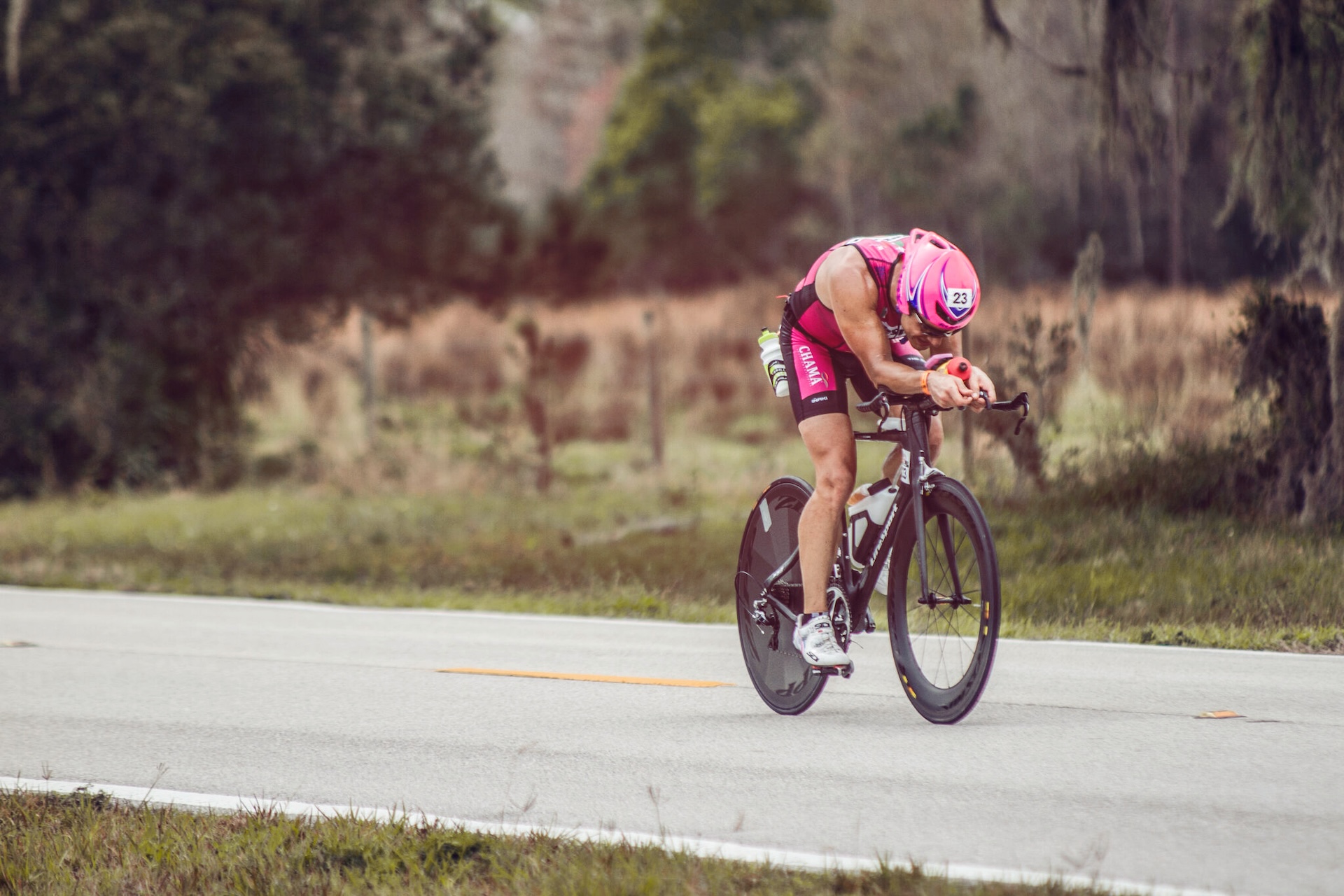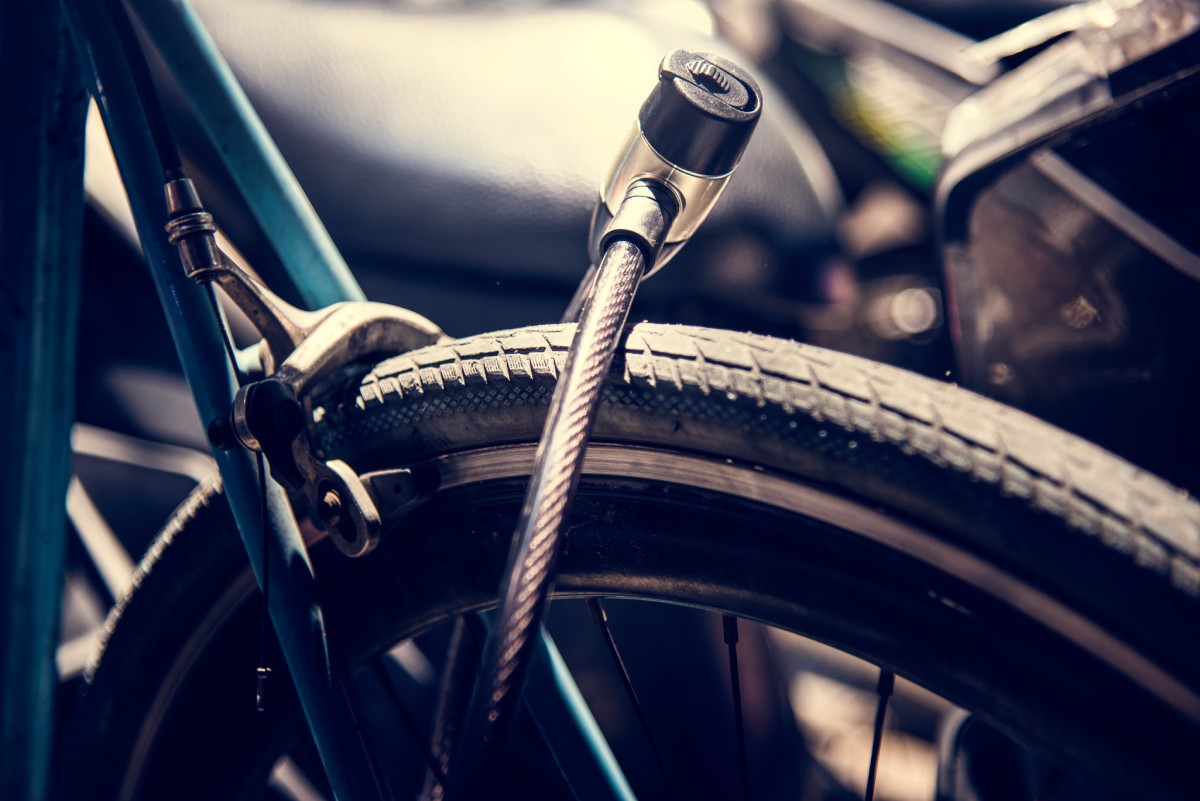
The ultimate guide to choosing the right bike and cycling accessories
by Iñaki de la Parra
Once a chubby guy relying on cars, taxis, and buses, I lived a sedentary life missing motivation to get active. That all changed when I discovered cycling more than 20 years ago.
Some years, I've ridden less than 2,000 km, while other years I've surpassed 30,000 km. Staying active, commuting as much as possible, and prioritizing health & safety have become my guiding principles.
Cycling embodies a lifestyle that promotes physical health, mental well-being, community building, and a reduced carbon footprint.
In the last decades, I have helped a lot of people around the world, and I've seen firsthand how cycling can change lives for the better.
Whether it's for weight loss, commuting, mental health, or just the joy of riding, getting on a bike can truly be a life-changing experience. But still, you need to get a bike and a few accessories to get started, so here are the basics.
Choosing the right bike
Choosing the right bike is crucial for an enjoyable cycling experience. Here’s a quick guide to help you find the perfect match:
Road Bikes - Designed for speed and efficiency on paved surfaces, I've had around 30 bikes in my life. My preferred brands for road biking are Lightweight, Specialized, BMC, and Wilier. Like anything else, you need to like them and be able to afford them. Most top-end brands are good.
Mountain Bikes - Built for tough off-road trails with durable frames and wide tires for better control. I'm not experienced in this field—I only had one mountain bike and sold it quickly. I switched to gravel biking instead.
Gravel Bikes - Versatile bikes that excel on both paved and unpaved roads, perfect for mixed-terrain adventures, urban rides, and commuting. My top choice is Ridley, as I highly appreciate their technology and gravel geometries.
Hybrid Bikes - A blend of road and mountain bikes, perfect for urban commuting and recreational riding. I'm not experienced in this field myself; I use my gravel bike for commuting and any non-road use I can think of.
E-Bikes - Equipped with an electric motor to assist with pedaling, e-bikes are great for longer commutes and rough terrains. I've tried them and they are cool, but I still prefer to be 100% accountable for the entire ride.
Essential accessories
To enhance your biking experience and ensure safety, the following accessories will always be useful. Remember to always wear a helmet for protection and visibility.
My top 5 best accessories I’ve found I use and love the most over my time cycling include:
Helmet: It's essential. Whether you're commuting or training, always wear a helmet regardless of speed. My top choice is POC, renowned for its high safety standards and advanced R&D at POC Watts Lab, 100% Swedish quality and attention to detail. They collaborate with Scandinavian safety experts like Volvo. I use the Omne Air Mips in high visibility white/orange for extra safety. This helmet provides all-around protection for commuting, MTB, road cycling, or any other type of biking. It has optimal liner density, thicker core zones, and advanced ventilation for long-ride comfort. The Mips technology enhances rotational impact protection, ensuring superior comfort, fit, and performance.
Gloves: Ensure comfort, grip, and protection for your hands in case of a fall. Trust me, you will fall, and you'll want your hands to be functional for everyday tasks, even if you're sore. I always use full-hand gloves for all my rides because when you fall, your hands are the first to hit the ground. To keep typing, riding, cooking, and living a normal life after a fall, you should prioritize protecting your hands with full gloves. Fingers are essential for daily activities. I prefer POC gloves, specifically the AVIP in orange, which enhances visibility to pedestrians, other vehicles, and riders. The AVIP Long Glove has a ventilated and reinforced palm for comfort, providing close contact with the bike. It features silicone print for excellent grip, is touch screen compatible, and has a durable, breathable nylon fabric on the back.
Glasses: Shield your eyes from dust, dirt, and UV rays with light-tinted lenses that offer UV protection. These versatile lenses work well in sun, fog, rain, and low-light conditions, making them a great all-around choice. I'm a huge fan of Evil Eyes eyewear, 100% Austrian quality, built to last and very fashionable. Though you might not have heard of them, they have been manufacturing well-known brands for decades and now have their own brand. My favorite pair is the Traileye Pro, originally designed for trail runners. The lens quality, clarity, lightweight frame, and forehead protection against sweat make them perfect for cycling, running, and even walking in extremely hot temperatures. My second go-to option is the Roadsense, specifically designed for cycling.
Preparedness Kit: Learn basic bike mechanics for on-the-go repairs & how to apply a tourniquet (more on that now). YouTube is an excellent resource for this. It might sound unusual carrying a tourniquet; I've saved a life with one. Accidents can happen anywhere, so learn how to use and apply a tourniquet. Remember to pack extra CO2 cartridges, tire levers, a small Allen key, a CO2 valve adapter, and one or two extra tubes. Store all this gear in a pack under your saddle or another convenient place based on your riding style. Don't skip the tourniquet; it may be expensive but can save a life. I recommend the TacMed Solutions SOF Tactical Tourniquet Gen 5.
Locks: Secure your bike indoors whenever possible to prevent theft. Don't rely solely on locks, and consider insurance for especially valuable bikes. I can't recommend any specific locks, as I don't suggest using them.
Monitoring your progress
Tracking your biking progress can help you set goals, stay motivated, and improve over time. Consider using these devices:
Get a coach/advisor: Investing in a coaching or advisor relationship for cycling can save you from countless mistakes in equipment choices, decisions, frustrations, injuries, and mishaps. For several years, I've had the privilege of advising and coaching hundreds, if not thousands, of athletes worldwide. I firmly believe that, alongside your bike and accessories, this is the best decision you can make for a healthy approach to cycling, whether for performance or leisure. Give quality coaching a try. Don't rely on apps or self-learning; the learning curve is long and inefficient. If you're interested in a long-term commitment and want to invest in this, reach out to me—maybe I have a spot available. Otherwise, you can always find good coaches in your community. Just get out there and look for the best you can afford—it's worth it.
GPS Devices: Track your routes, distance, and speed using apps like Strava to share rides and stay connected. This is a great way to keep a log and historical data of your rides. I always use a Garmin device for tracking, and currently, I rely on the super reliable Edge 540. Sharing your rides on Strava adds an interesting social aspect to your cycling routine.
Heart Rate Monitor: Maintaining an optimal heart rate is essential for long-term health benefits. I recommend keeping your workouts at a super low intensity unless you're aiming for performance and competition, in which case, I suggest getting a coach. For heart rate monitoring, I prefer Polar over Garmin due to its precision and data transmission quality. I use the Polar H9 and H10 heart rate monitors—yes, I have two!
Power Meter: Unlike heart rate, which is input data, power measures the output of your pedaling and is crucial for performance-focused cyclists. You can choose from a variety of power meters; I've tried everything from Inpeak to SRM. Currently, I prefer SRM, though it is quite expensive. For a mid-range option, I recommend Assioma Duo pedals. If you prefer a crank-based power meter, go for Inpeak.
Cycling has the power to transform lives, just as it did mine and millions of other people. With the right equipment, accessories, advisory/coaching and tracking tools, you can embark on a journey towards better health, a stronger community, and a better planet.
Iñaki de la Parra has spent most of his life in Mexico and the past decade in Europe. He is an entrepreneur, endurance coach, advisor for individuals and organizations, and a former Ultraman World Champion. The Ultraman, the longest triathlon in the world, features a double Ironman distance event: a 10 km swim, a 420 km bike ride, and an 84 km run in Kona, Hawaii. Iñaki has developed the Tactical Athlete approach, which blends endurance, strength, mobility, speed, and skills to create a unique method for sport and wellness. This approach helps people achieve sustained health from zero and elevates elite athletes from good to world-class in various disciplines.
You can write Iñaki: inaki.delaparra@gmail.com
Or follow him in x: https://x.com/inaki_delaparra



